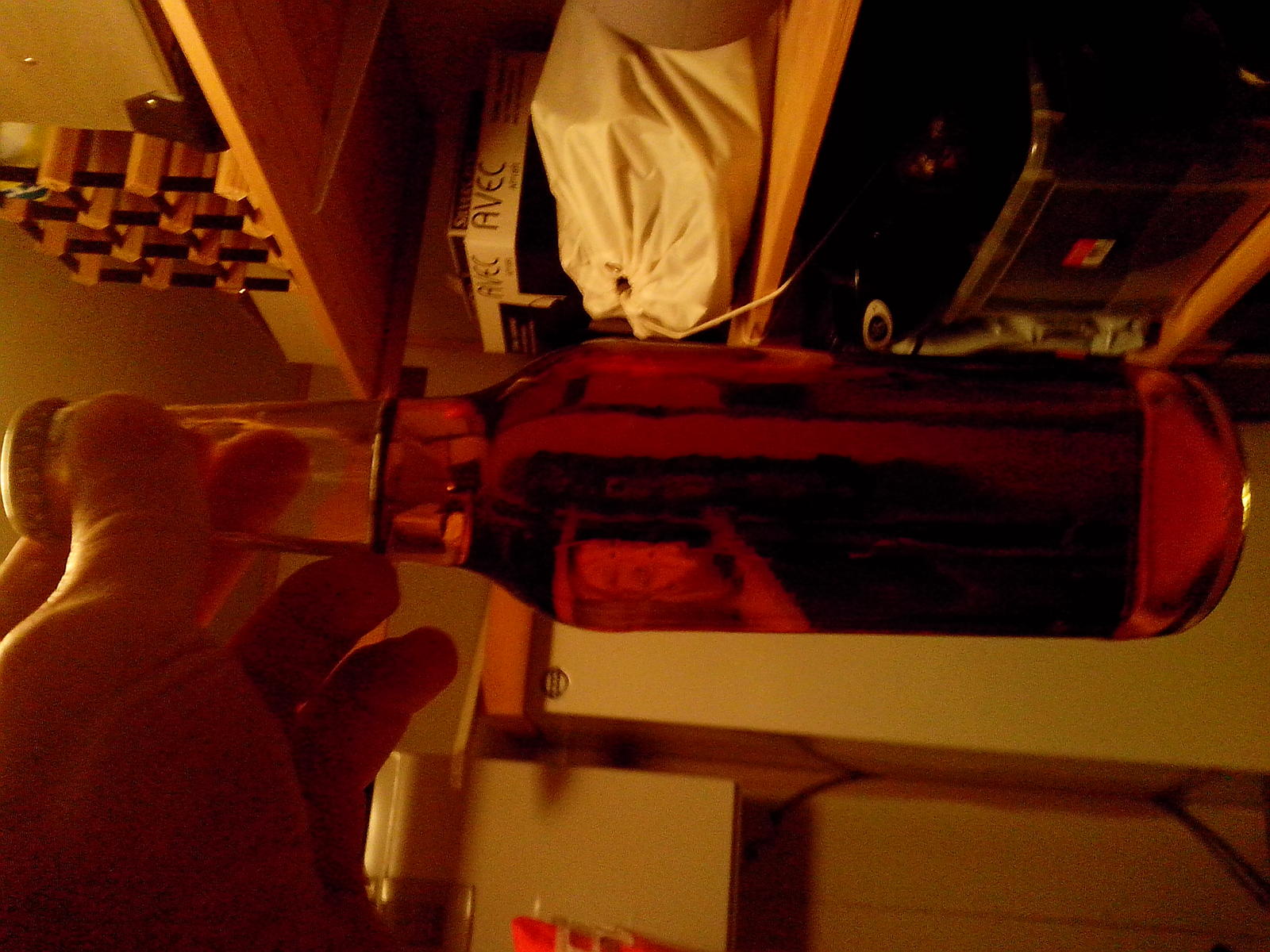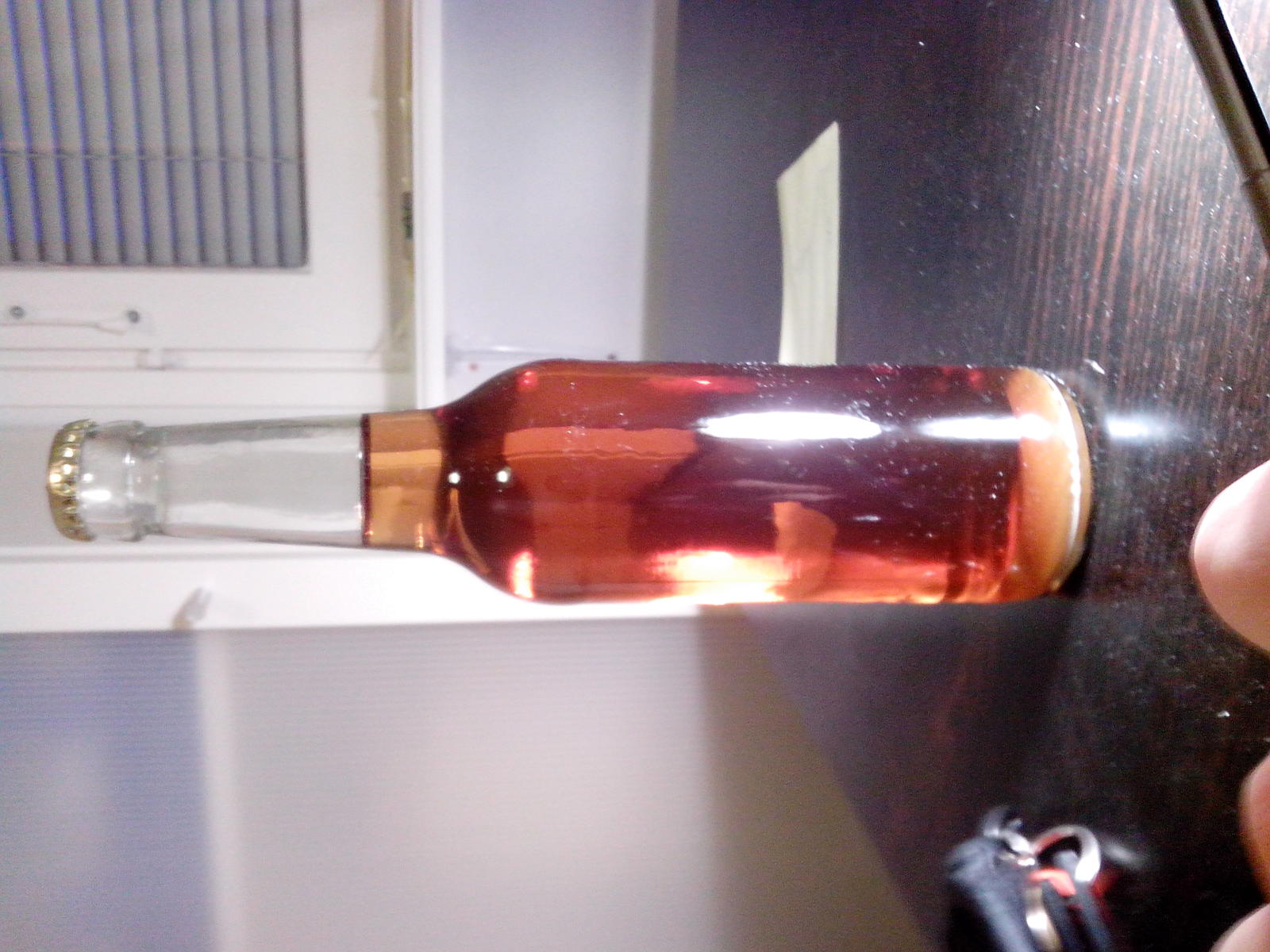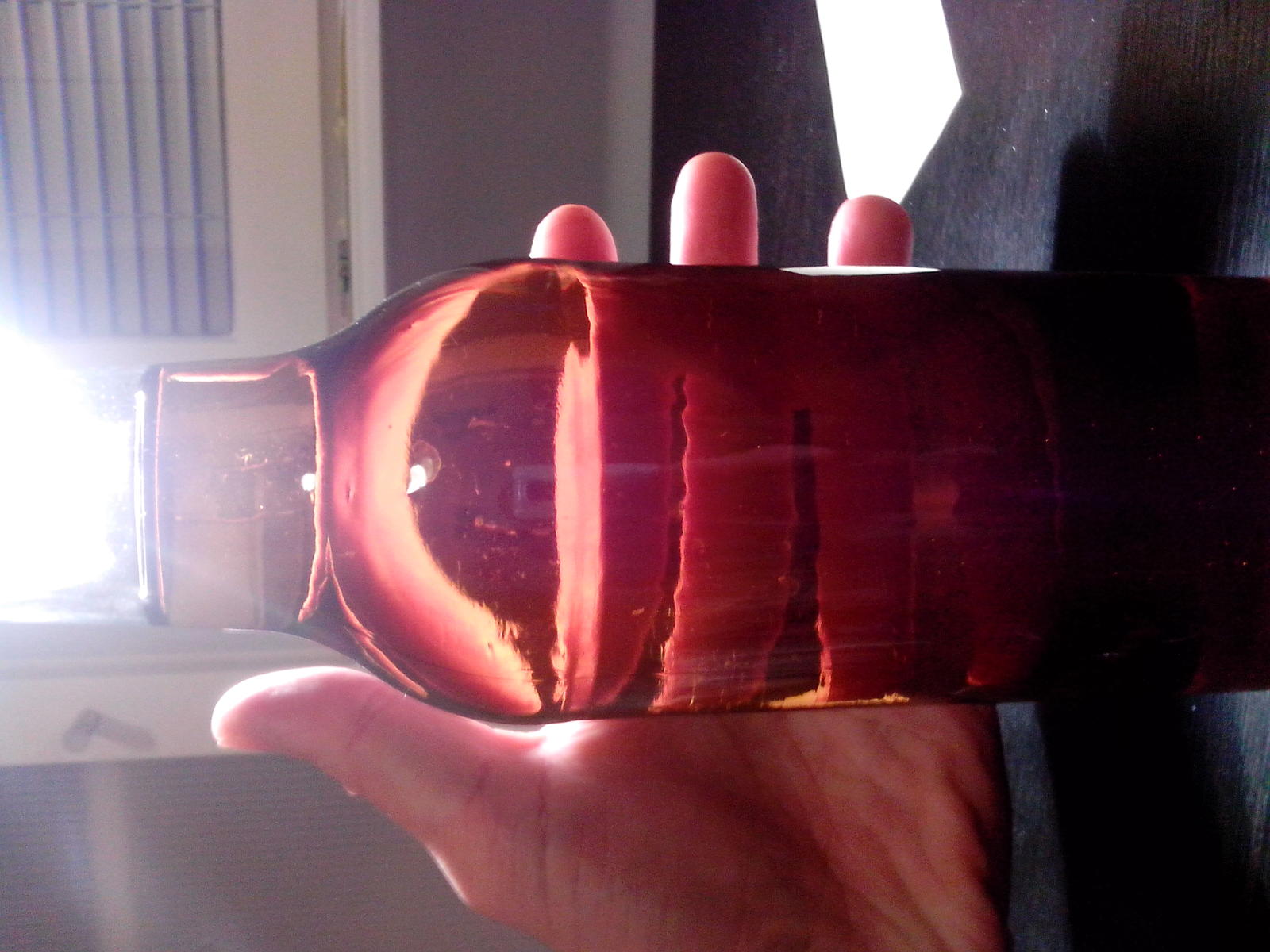Howduy,
I bottled my Coopers Real Ale 2 weeks ago primed with dextrose 5 gramms/liter. Today I opened first bottle to taste and found that carbonation actually is quite low in there.
It made a little "fizz-sh" while opening and indeed there are some bubles inside sticking to the beer glass, but the head is very very low (I'd say almost no head at all) which is quickly disapears. Beer is also quite flat in general, great bitterness thought.
To quick process review: it has been 1 week in primary, 1 week in secondary, 1 week at about 22C being bottled and 1 week stored at 18C.
Question 1:
How it is better to raise carbonation level and increaze the head volume and retention?
Rather then simple add more prim sugar per liter, are there other ways to go for it while fermentation?
Question 2:
What to do with this batch? Should I wait more before start go over or it is hopless from now and I doomed with the 60 bottles of flat and headless ale?
ale?
I bottled my Coopers Real Ale 2 weeks ago primed with dextrose 5 gramms/liter. Today I opened first bottle to taste and found that carbonation actually is quite low in there.
It made a little "fizz-sh" while opening and indeed there are some bubles inside sticking to the beer glass, but the head is very very low (I'd say almost no head at all) which is quickly disapears. Beer is also quite flat in general, great bitterness thought.
To quick process review: it has been 1 week in primary, 1 week in secondary, 1 week at about 22C being bottled and 1 week stored at 18C.
Question 1:
How it is better to raise carbonation level and increaze the head volume and retention?
Rather then simple add more prim sugar per liter, are there other ways to go for it while fermentation?
Question 2:
What to do with this batch? Should I wait more before start go over or it is hopless from now and I doomed with the 60 bottles of flat and headless





